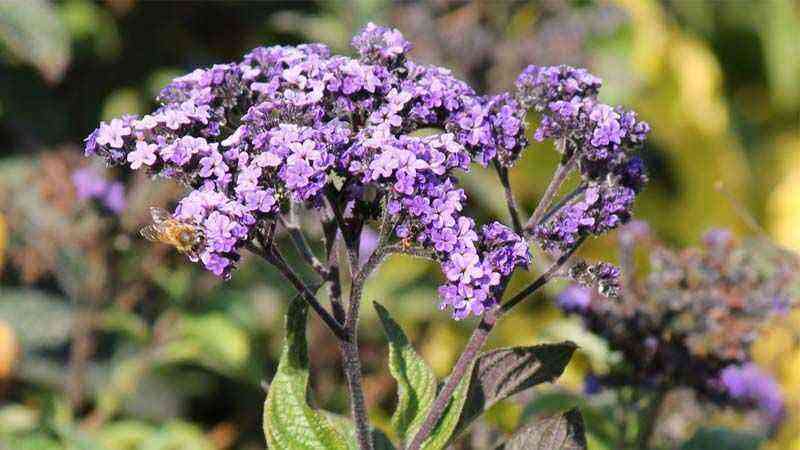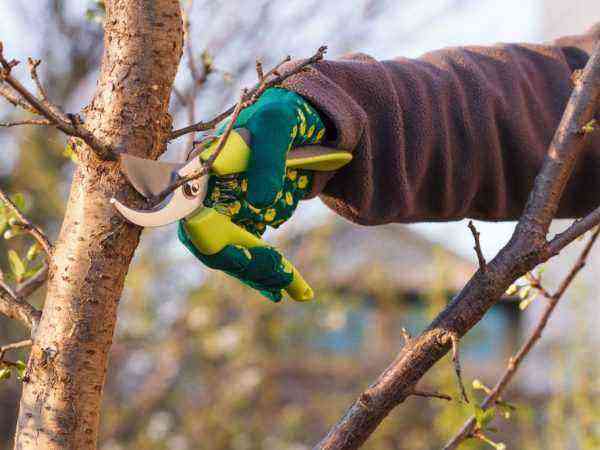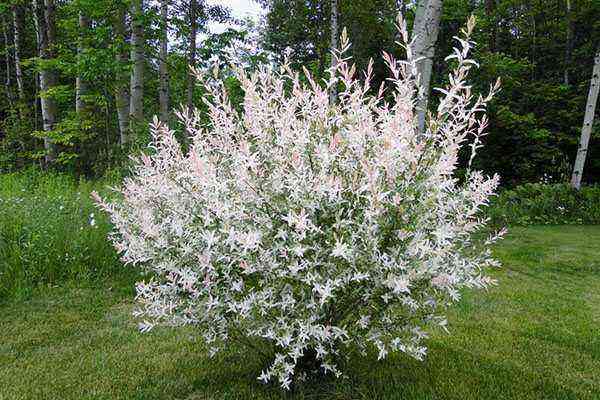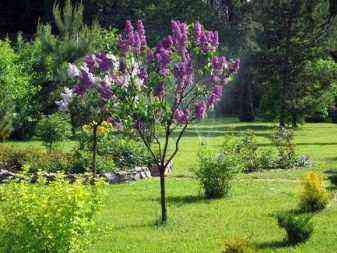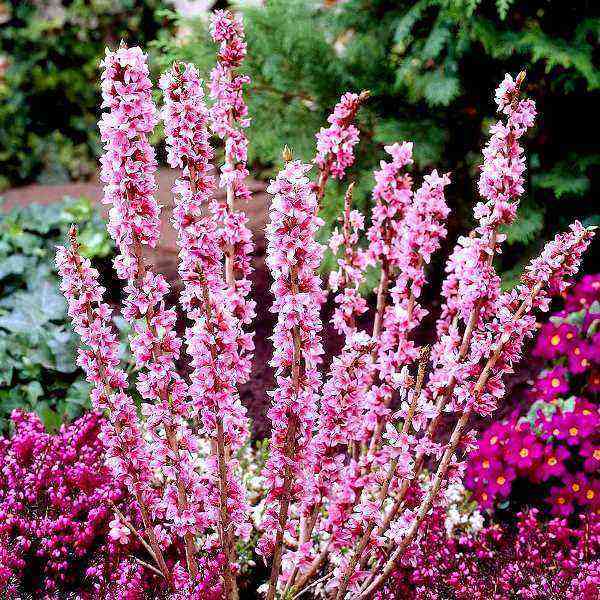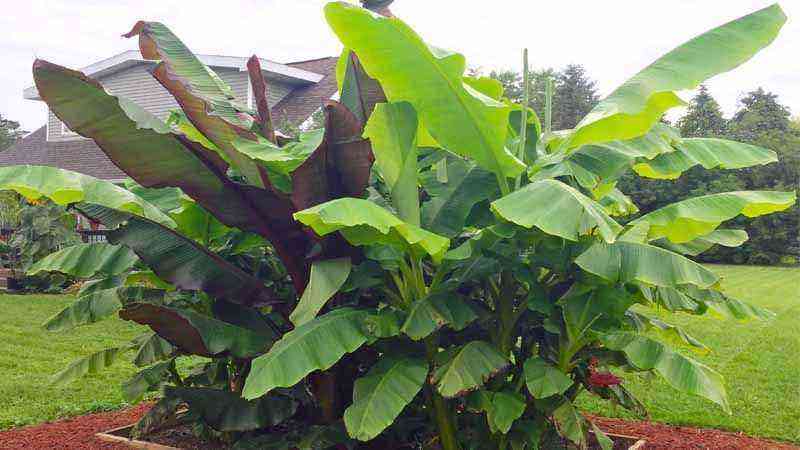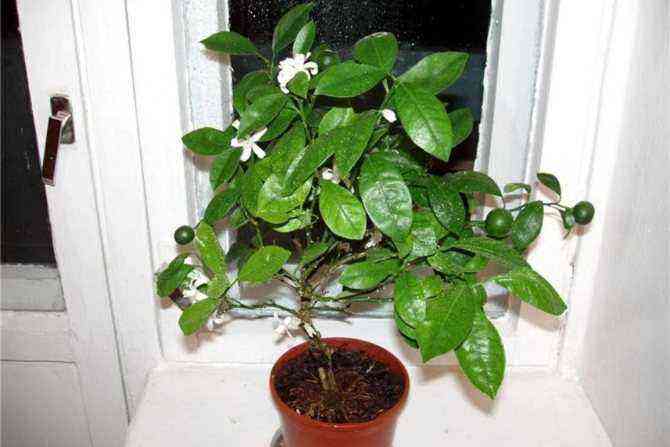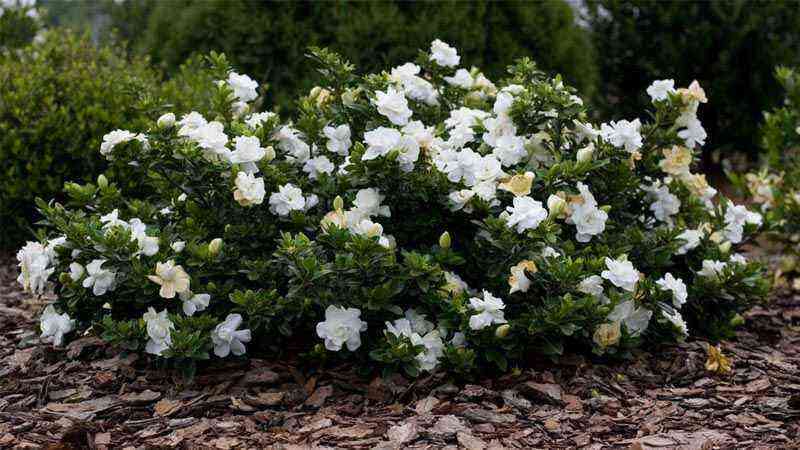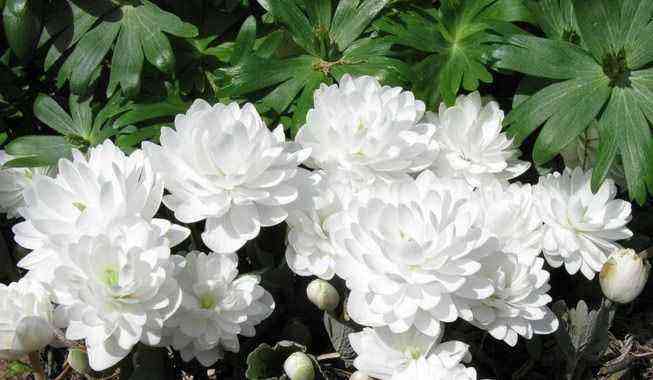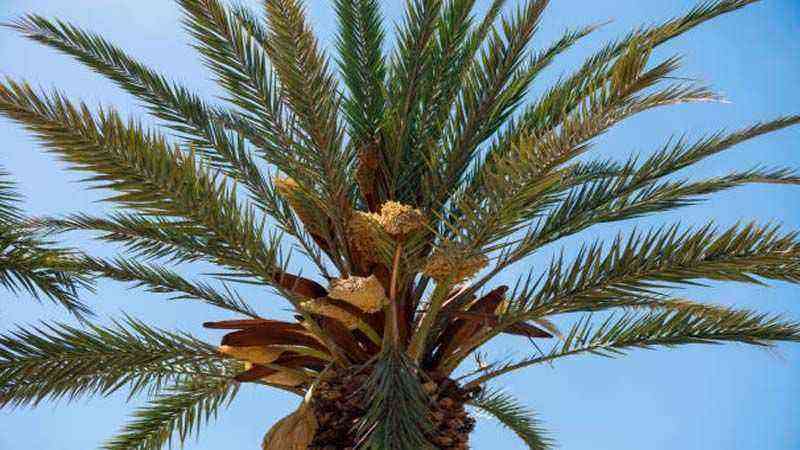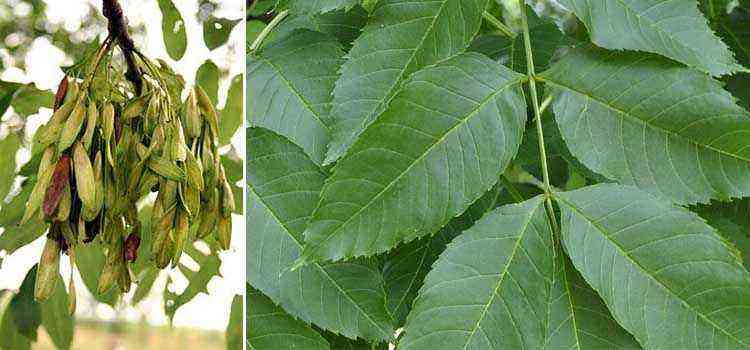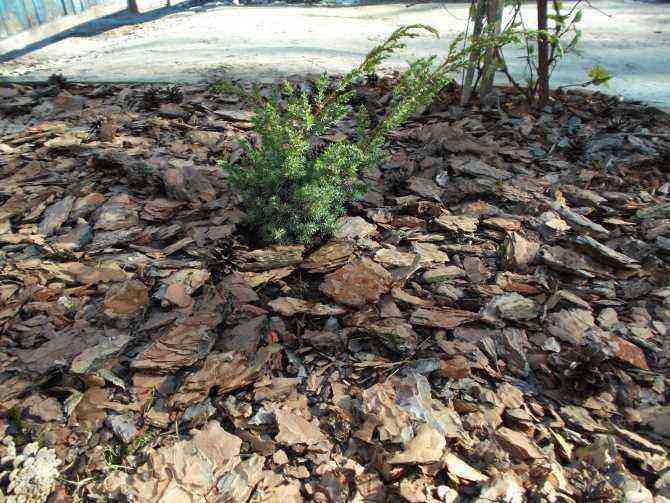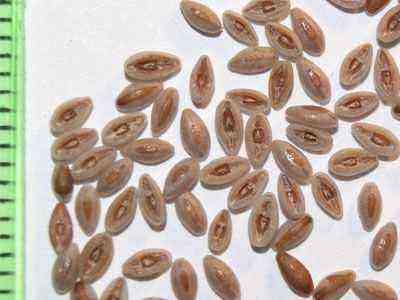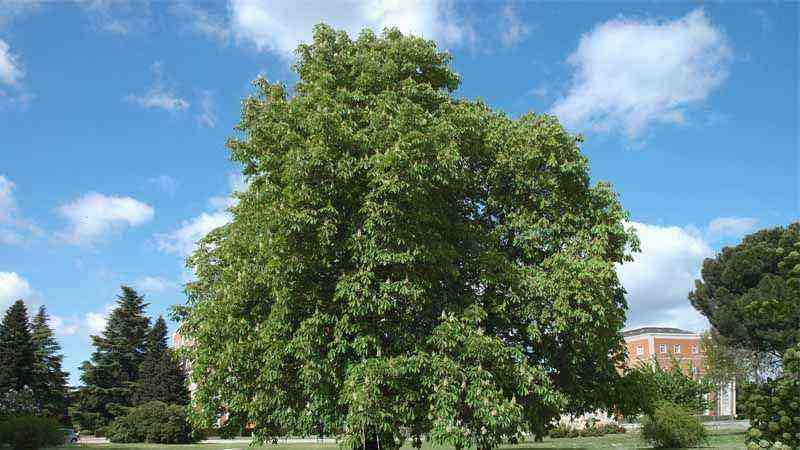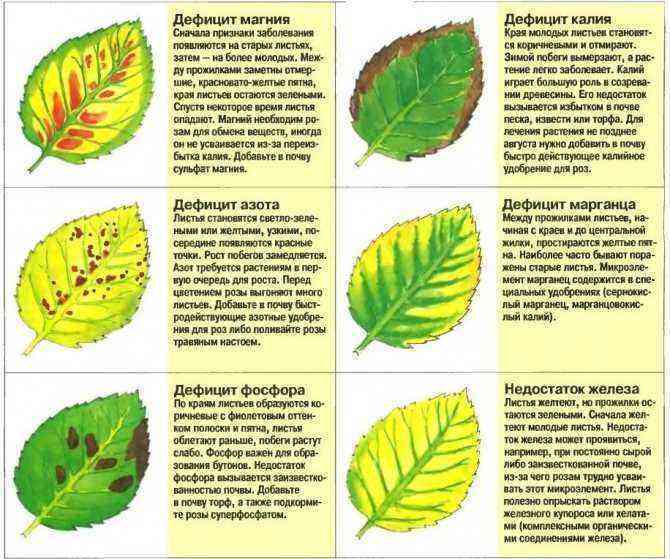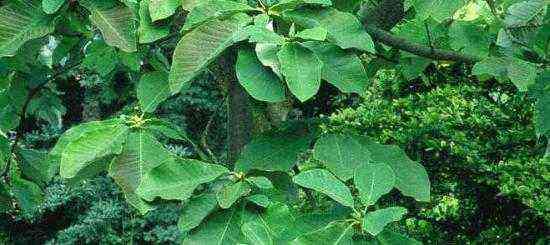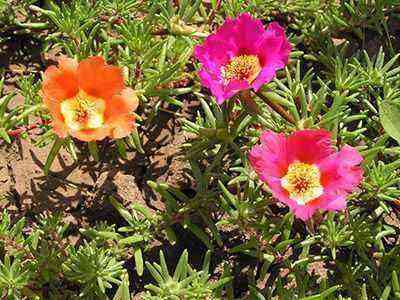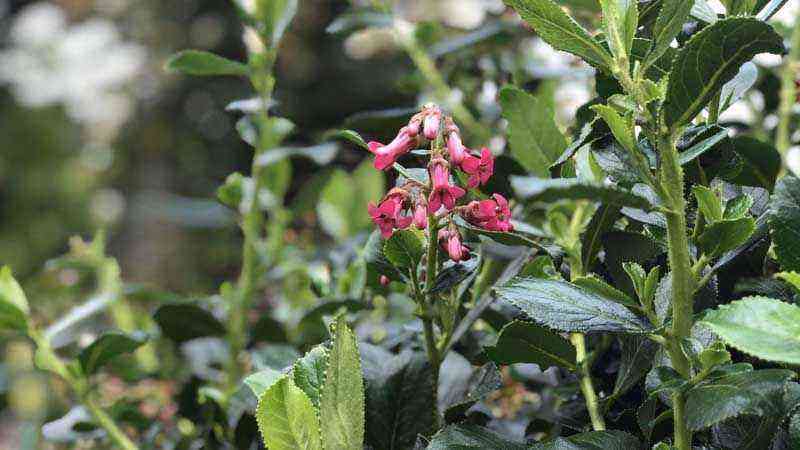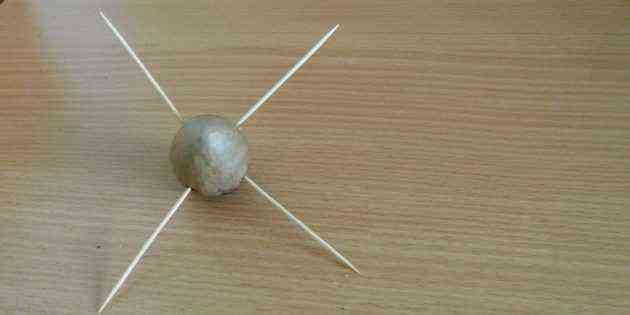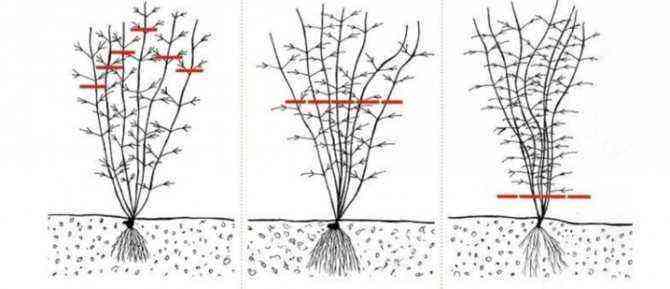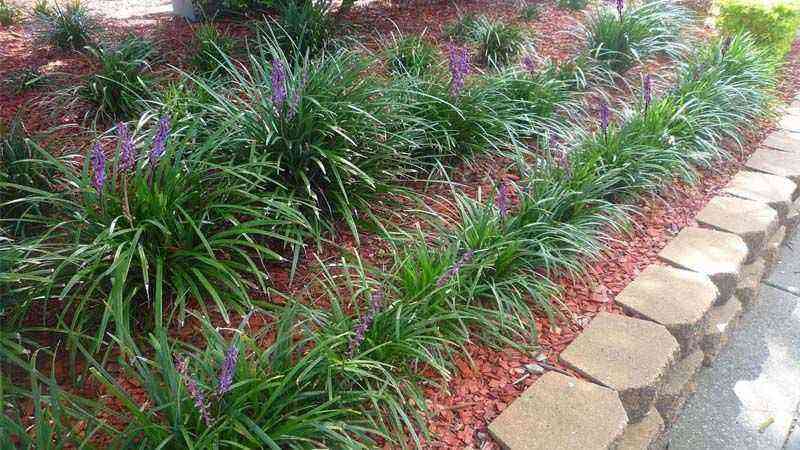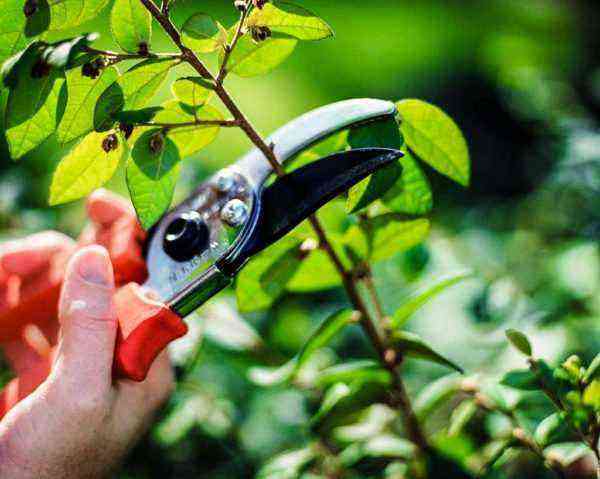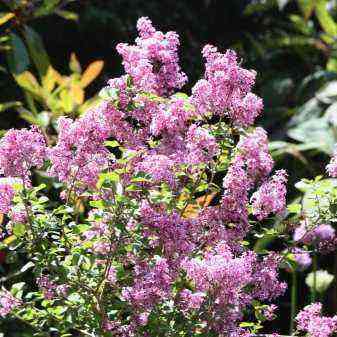El Aloe ferox,Commonly known as “fierce Aloe” it is within the Aloe family, and is visually very similar to the Aloe vera that we all know. It is native to the African region, but it grows in many, many environments. If you want to know some things about Aloe ferox and you are interested in knowing how it is grown, let’s get to it!
Main features of Aloe ferox
El Aloe ferox It is born from a simple stem, it is slow growing, but if it has the best growing conditions (surely it does) it can reach the Meters 2. The appearance is similar to the Aloe vera with fleshy leaves that can reach a meter in length and with spiny teeth on both sides. The curious thing about Aloe ferox they are the orange inflorescences that bloom beautifully and are visible from afar. Its common name “ferocious” comes from the teeth of its blades and the damage it can cause if we rub against them.
It’s a plant endemic to South Africa, in which it grows naturally on dry, rocky places and on bushes. In your garden you can do the same. Create a rock massif of cactus species or around walls or fences.
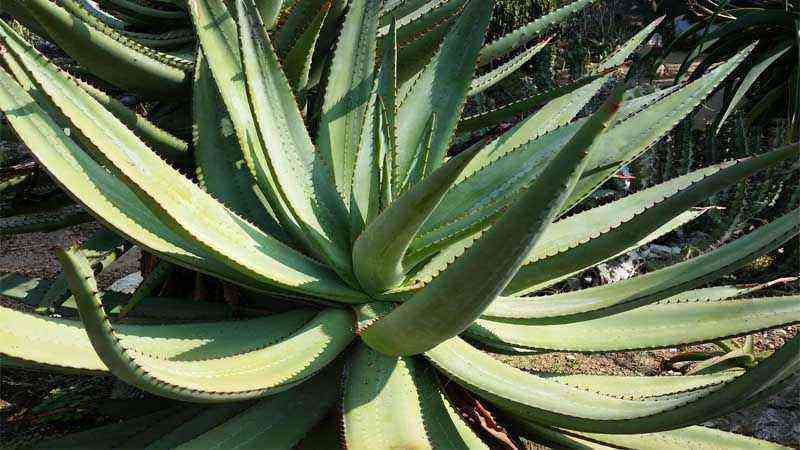

Care guide Aloe ferox and maintenance in the garden
The ideal climate and soil
Like any fleshy-leaved plant it requires a direct sun exposure. Think that its origins are African and we all know the climate of the continent. The Aloe ferox it resists high temperatures and is also capable of withstanding cold temperatures.
The ground must be something acid. If it is alkaline, try adding organic matter to improve the properties of the soil.
Way of irrigation
It is a desert plant and it has the mechanisms to survive without problems in it. Its thick leaves accumulate liquids to stay alive in winter without any watering. Nothing but the rain can survive without problems.
En summer, on the other hand, if it is necessary that we apply some irrigation. When the soil begins to dry we will apply a watering not very abundant about him Aloe ferox, and we will repeat when the earth dries up again. Little by little, with the end of the summer heat and the arrival of winter, we will reduce the amount and frequency of irrigation until it is completely eliminated in the cold season.
Is it necessary to pay?
Although in some information they mention that it is not necessary to pay it, however, in the growing season it is convenient pay with compost or manure, especially in the flowering season. Normally the Aloe ferox It usually grows in rustic and wild areas, but that does not mean that the incorporation of organic matter is not going to benefit it.
The multiplication
Normally this plant multiplies through seeds. By means of this method variations of the mother plant will be produced (genetic mixture of two plants). To do this, we select the seeds and sow them in a tray with good drainage and substratum, covering the seeds with sand.
When the seeds begin to germinate, you must continue to maintain constant humidity but without overdoing it, since the seeds could rot. Once they have reached enough size for transplantation (approximately 4 cm), we transfer the small seedlings of Aloe ferox to pots indoors. This whole process will take nothing more and nothing less than 6 months.
Cultural uses
Aloe ferox has been extensively cultivated for its medicinal properties. The juice from the leaves has been used for many years to make cosmetic products. In addition, as we already mentioned in Aloe vera, it is also used for its healing properties to treat wounds and burns.
As you can see, due to its inflorescence and its slow growth, it makes Aloe ferox an “exclusive” plant.
